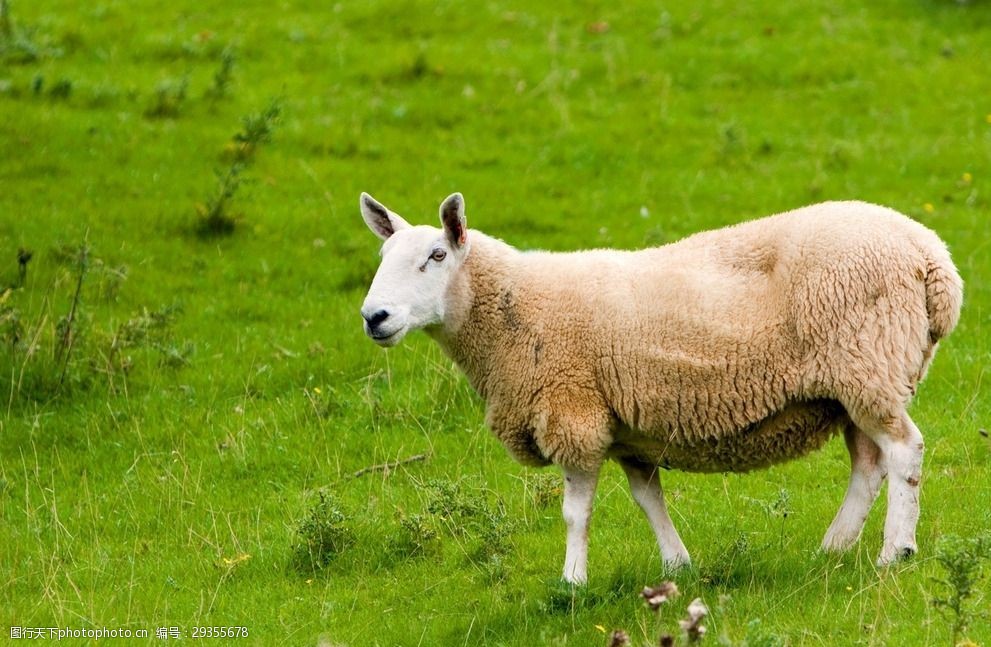This disease is caused by clostridium putrefaciens and is an acute infectious disease of sheep. Characterized by sudden onset of bacterial disease and short quilt, true stomach bleeding, inflammatory damage. (1) epidemic features: CLOSTRIDIUM PUTREFACIENS is commonly found in low-lying grasslands, cultivated land and swamps in the form of spores. Sheep feed and drinking water was contaminated, the spore into the sheep digestive tract, most of the disease. In sudden change of climate, rainy, cold season in autumn and winter, sheep catch a cold or the body’s disease resistance drops, clostridium putrefaciens multiply, produce exotoxin and cause disease and death. (2) clinical symptoms: Sudden onset, no symptoms at grazing or death in the morning. Acute disease in sheep is characterized by voluntary walking, dyskinesia, abdominal distension, abdominal pain, diarrhea, Bruxism, convulsions, eventual weakness and coma, and bloody foam in the mouth. Most died within a few minutes to a few hours, the course of the disease is extremely short. The prevention and control measures of sheep epidemic disease (1) the disease is mainly prevented. Vaccinate with sheep trivalent vaccine. Wet seedlings twice a year spring and autumn, seedlings once a year. (2) it is better to feed sheep in the barn to prevent them from eating feed and drinking water contaminated by pathogens. (3) pay attention to the heating and ventilation in the shed. The change of feed should be done gradually and not suddenly. (4) treatment: intramuscular injection of 800-1.6 million units of penicillin, double the first dose, three times a day, side 3-4 days. Or Take Sulfadiazine 0 orally. 2 g/kg body weight, cut in half the next day for 3-4 days.
